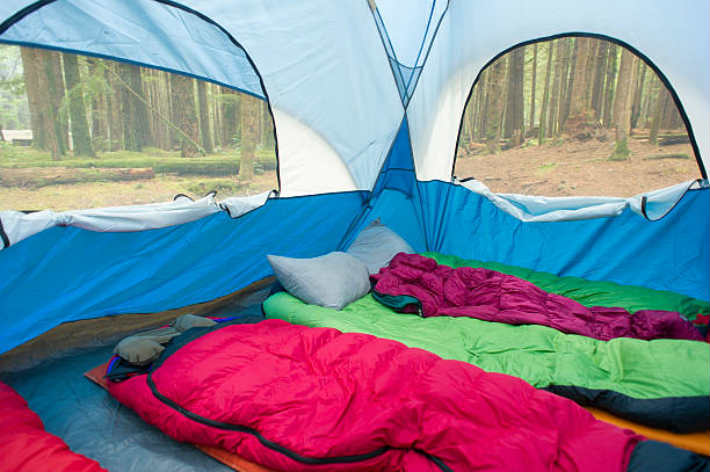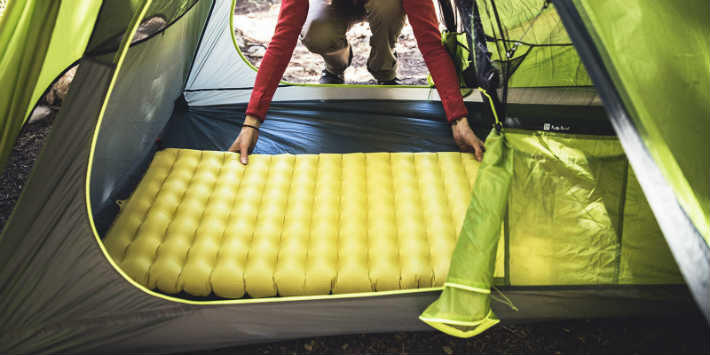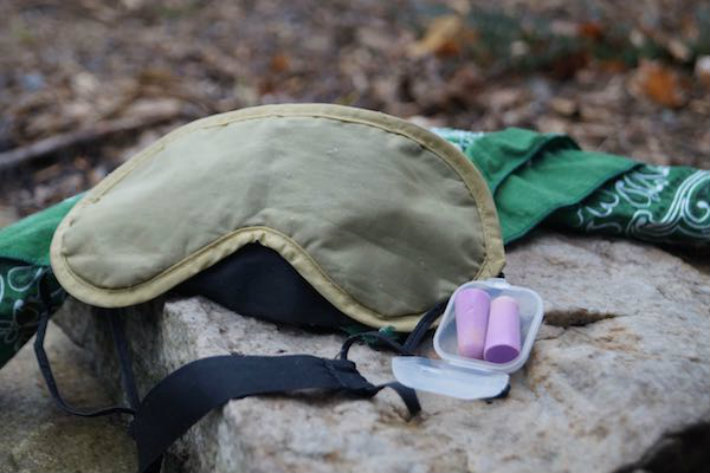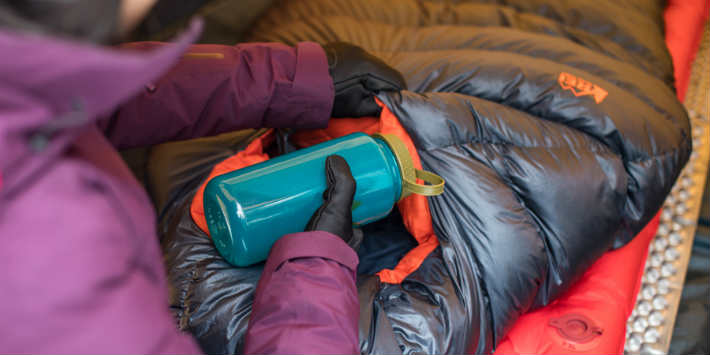Contents
Spending the night in the great Australian outdoors under a starry sky sounds like something out of a fairytale – until you try to actually fall asleep for the night, that is. The anxiety of being out in the open wilderness, where critters scurry all around you can make it difficult to get any shut-eye, let alone a good night’s sleep. Every camper’s been there at one point or another, and as someone who’s been there a couple of times in my life, I had to do something about it. So, I started reading about what camping experts suggest to ensure you get a good night’s sleep no matter what.

Buy the Best Ultralight Sleeping Bag You Can Afford
Not all sleeping bags are made equal, and if you’re camping for a few days, you can’t just order the first sleeping bag you come across online. There are several things you need to consider when looking for the best ultralight sleeping bag. Think about the type of activity you need it for, the number of seasons it’s meant for, the type of bag filling it has, its shape, the lining and shell fabric, and the construction features that it has. The reason why you want an ultralight sleeping bag is so that it’s easily portable, and you can use it for both hiking and camping without taking up too much space in your backpack or car.
Get Comfortable Camping Sleep Gear
You’ll want more sleeping gear besides your sleeping bag in order to get a comfortable, good night’s sleep, such as pillows, sleeping pads and air mattresses. Sleeping pads come in a few different forms – air, closed-cell foam and self-inflating, all of which have their own distinct benefits. Closed-cell foams and air pads are of lighter weight and are more portable, whereas egg crate mattress pads, for instance, take up slightly more room. Place the pad under the sleeping bag to provide a plusher and more even sleeping surface. As far as pillows go, you can get one from your home if you have more room, but if you’re travelling from one camping spot to another, then an inflatable camping pillow that’s easily compressed and stored in your backpack will probably make more sense.

Test your camping sleep setup before taking your trip if possible, and fully inflate the air mattress to make sure it works. You can even go as far as sleeping on it for a night at home to ensure it doesn’t deflate while you sleep. Lastly, bring a tarp to make sure you sleep in a dry tent in case it gets damp or it rains during the night.
Get Earplugs
The idea of listening to nature sounds seems pleasing on paper, but when you’re actually out in the wilderness, you’ll find that it’s much noisier than you thought, and it isn’t calibrated to a steady volume. Think random skitter movements, bristling trees and crunching underbrush. Getting a pair of earplugs can help block out, or significantly reduce all that noise. Alternatively, you can get a white noise application for your iPad or phone. Many such applications feature self turn off timers so they don’t drain your battery overnight. Blocking out all the noise will not only help you fall asleep, but it will prevent you from getting alarmed by noises that shouldn’t worry you in the first place.

Pitch Your Tent in a Cozy, Strategic Spot
Find a spot that’s as flat as possible, is preferably on soft grass, and is free of rocks. You want to remove any potential physical discomforts that can wake you up. You can wriggle around on the ground to check how noisy and comfortable the terrain is before you set up your camping tent. If you’re camping on a shared campsite, set up your tent as far away from noisy neighbours as possible. If you’re forced to sleep on a hill, then orient your sleeping bag in a way that places your head higher than your body, so that you prevent blood rushing to your head. Also, plan ahead and pitch your tent near a restroom facility in case nature calls in the middle of the night. Also, make sure you have a flashlight within reach to navigate your way through the night easier.

Warm Up and Cosy Up Your Sleeping Bag
There’s nothing better than getting in your warm, cosy bed at night. You can bring this luxury to your tent by boiling a pot of water an hour or two before bed, let it cool down a bit, and pour it into a tight-sealed water bottle before placing it in your sleeping bag. Sleeping bag liners can also help warm up your bag, and so can extra clothing to fill any pockets there are between the bag and your body. There are adjustable sleeping bags that let you unzip individual layers of insulation. For even more warmth, you can pack a blanket, thermal socks, a beanie or a warm hat and gloves to keep your extremities toasty.



